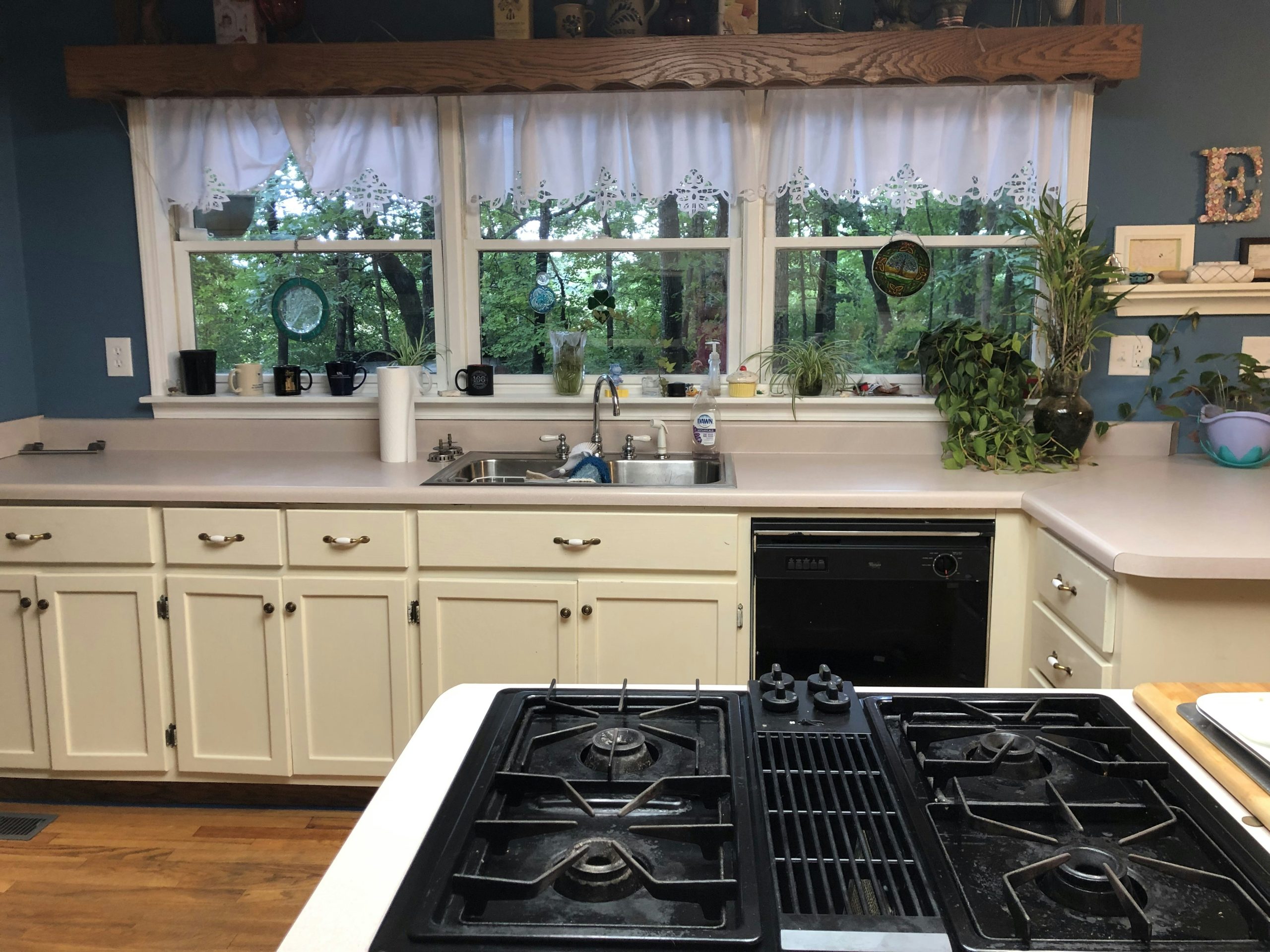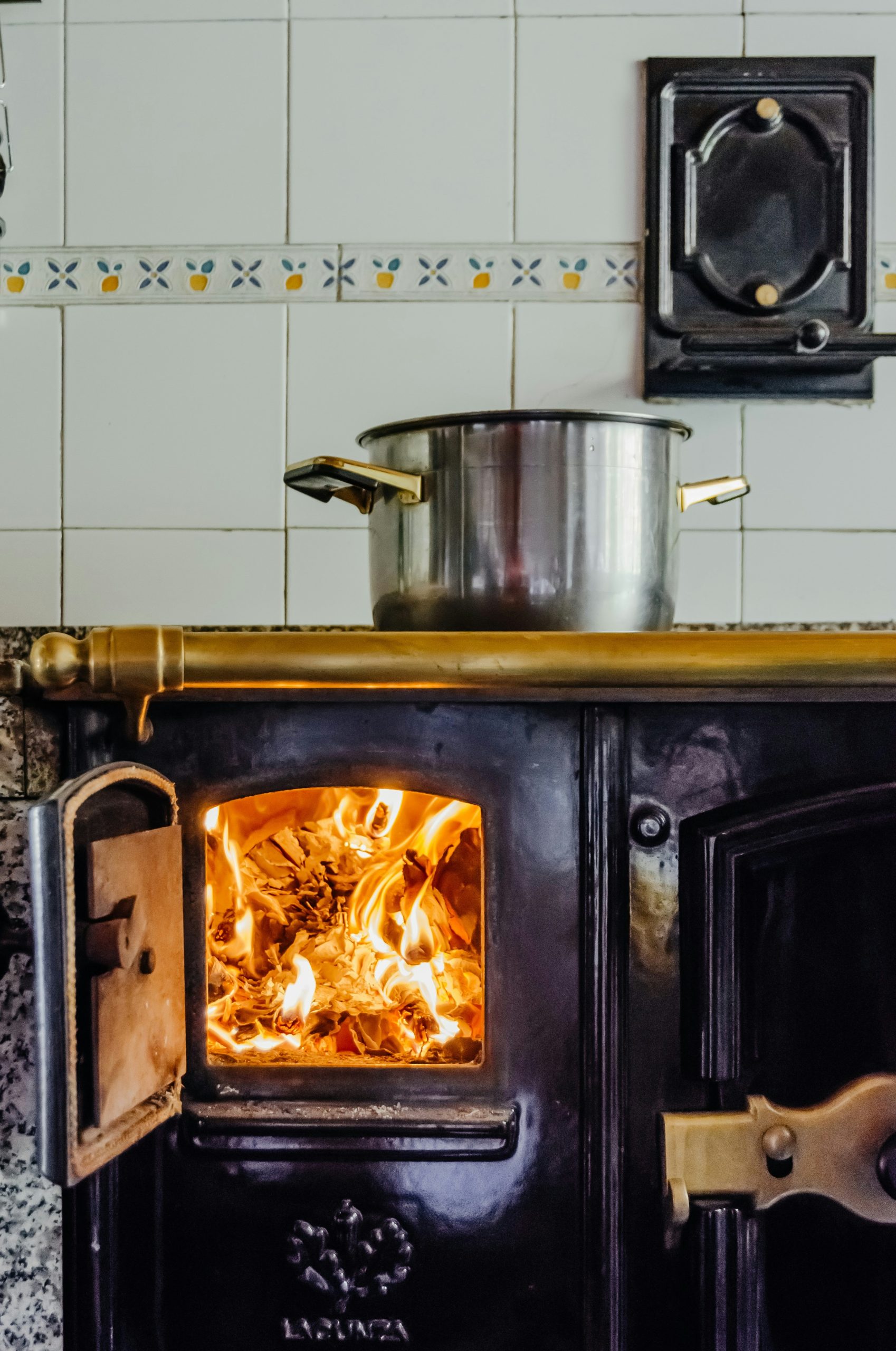Ad Blocker Detected
Our website is made possible by displaying online advertisements to our visitors. Please consider supporting us by disabling your ad blocker.
In the world of cooking, pressure cookers have become a popular and efficient way to prepare meals. However, if you’re new to using a pressure cooker, you may have some concerns about the hissing sound that often accompanies the cooking process. But fear not! That hissing sound is completely normal and actually serves an important purpose. In this article, we will explore why pressure cookers hiss and how it ensures a safe and effective cooking experience. So grab your apron and let’s get cooking!
What is a Pressure Cooker?
Definition and Purpose
A pressure cooker is a kitchen appliance that allows you to cook food at a high temperature and pressure. It seals the food and liquids inside, leading to faster cooking times and the retention of flavors and nutrients. The purpose of a pressure cooker is to reduce cooking time while maintaining the quality and taste of the food.
How Does It Work?
A pressure cooker works by creating a sealed environment where the temperature and pressure can rise quickly. It consists of a pot with a locking lid and a gasket that creates an airtight seal. When heat is applied to the pot, the liquid inside turns into steam, which builds up pressure. This high pressure raises the boiling point of the liquid, allowing the food to cook faster. The steam and pressure are then released slowly or quickly through a pressure release valve.
Benefits of Using a Pressure Cooker
There are numerous benefits to using a pressure cooker. Firstly, it significantly reduces cooking time, making it a time-saving appliance for busy individuals. Secondly, the high-pressure environment allows for better heat transfer, resulting in evenly cooked food. Additionally, the retention of nutrients and flavors is enhanced due to the shorter cooking time. Lastly, using a pressure cooker can help save energy as it requires less electricity or gas compared to traditional cooking methods.
The Hissing Sound in a Pressure Cooker
Explanation of the Hissing Sound
The hissing sound in a pressure cooker is a normal and expected occurrence during the cooking process. It is caused by the release of steam and pressure through the pressure release valve. As the pressure builds up inside the cooker, the valve is designed to release steam slowly, creating a hissing sound.
Causes of Hissing Sound
The primary cause of the hissing sound is the release of steam and pressure to maintain a safe and controlled environment inside the pressure cooker. It indicates that the pressure inside is being regulated and that the cooking process is progressing as intended.
Importance of the Hissing Sound
The hissing sound in a pressure cooker is crucial for two main reasons. Firstly, it assures you that the pressure cooker is functioning correctly and that the pressure is being released as needed. This helps prevent excessive pressure build-up that could potentially lead to a safety hazard. Secondly, the hissing sound serves as an audible indicator that the cooking process is underway and that the pressure cooker is doing its job.
How to Determine the Normality of the Hissing Sound
To determine if the hissing sound in your pressure cooker is normal, you can look for a few indicators. Firstly, check if the sound is consistent and relatively steady. A constant and predictable hissing sound indicates that the pressure release valve is working as intended. Additionally, observe the level of steam escaping from the valve. If the steam is not excessive and is released steadily, the hissing sound is likely normal. However, any loud or irregular hissing sounds may indicate a problem, and further investigation is warranted.

Understanding Pressure Release Methods
Natural Pressure Release
Natural pressure release is a method in which you allow the pressure cooker to release pressure on its own after the cooking time has elapsed. This is done by turning off the heat and allowing the cooker to cool down gradually. Natural pressure release is often used for delicate foods or dishes that require a longer cooking time. It allows the flavors to meld and prevents the food from becoming overcooked.
Quick Pressure Release
Quick pressure release is a method in which you manually release the pressure from the cooker using the pressure release valve. This is done by turning the valve from the sealing position to the venting position, allowing the steam to escape quickly. Quick pressure release is typically used when you need to stop the cooking process immediately or when cooking time is critical, such as when cooking vegetables.
Why Monitoring the Pressure Release is Important
Monitoring the pressure release is crucial to ensure that the pressure cooker maintains a safe cooking environment and prevents accidents. It is essential to follow the recommended release methods for each recipe to prevent overcooking or undercooking food. Additionally, improper pressure release can lead to food splattering, steam burns, or damage to the pressure cooker itself.
Effects of Improper Pressure Release
Safety Concerns
Improper pressure release can pose significant safety concerns. If pressure is not released correctly, the pressure cooker may be highly pressurized when opened, leading to steam burns or unexpected food explosions. It is crucial to always follow the recommended pressure release methods to avoid any accidents or injuries.
Increased Cooking Time
Improper pressure release can also result in increased cooking time. If the pressure is not properly released, the internal temperature will remain high, causing the food to continue cooking even after the prescribed cooking time. This can lead to overcooked or mushy food, compromising its taste and texture.
Food Quality and Taste
Improper pressure release can negatively affect the quality and taste of the food. Overcooking or undercooking can result in a loss of flavor, texture, and nutrients. For optimal results, it is essential to follow the recommended pressure release methods to achieve the desired texture and taste.

Common Reasons for Excessive Hissing
Overfilled Pressure Cooker
One common reason for excessive hissing is an overfilled pressure cooker. If the cooker is filled beyond its recommended capacity, the pressure release valve may struggle to release steam effectively, resulting in increased hissing. It is essential to adhere to the recommended fill lines to prevent this issue.
Malfunctioning Pressure Release Valve
A malfunctioning pressure release valve can also cause excessive hissing. If the valve is not functioning correctly or is clogged with debris, it may not release steam as intended, leading to a louder and prolonged hissing sound. Regular inspection and cleaning of the pressure release valve can help address this issue.
Inadequate Sealing
Inadequate sealing between the lid and the pot can cause excessive hissing. If the gasket or sealing ring is damaged or not properly positioned, steam may escape from the sides rather than through the pressure release valve. This can result in a louder hissing sound. Ensuring a proper seal is crucial for maintaining the safety and efficiency of the pressure cooker.
Cooker with Damaged Gasket
A damaged gasket can also contribute to excessive hissing. If the gasket is worn out, torn, or not properly attached, it may not form a tight seal, allowing steam to escape and creating a louder hissing sound. Regularly inspecting and replacing the gasket when needed can help resolve this issue.
Steps to Address Excessive Hissing
Check for Overfilling
If you are experiencing excessive hissing, check if your pressure cooker is overfilled. Ensure that you are not exceeding the recommended fill lines to allow proper steam release. Adjust the quantity of food or liquid accordingly to prevent excessive hissing.
Inspect and Clean the Pressure Release Valve
Regularly inspect the pressure release valve for any signs of debris or malfunction. If you notice any blockage, gently clean the valve using a soft brush or toothpick. Ensure that the valve moves freely and releases steam effectively to reduce hissing.
Ensure Proper Sealing
Inspect the gasket or sealing ring of your pressure cooker. Ensure that it is properly attached, in good condition, and free from any damage or wear. If necessary, replace the gasket following the manufacturer’s instructions to ensure a tight seal and reduce excessive hissing.
Replace Damaged Gasket
If the gasket is damaged or worn out, it is essential to replace it promptly. Contact the manufacturer or a certified professional to obtain a suitable replacement gasket for your pressure cooker model. A new gasket will ensure proper sealing and reduce excessive hissing.

Signs of a Problematic Hissing Sound
Loud and Continuous Hissing
If you notice a loud and continuous hissing sound coming from your pressure cooker, it may indicate a problem. This could be a sign of a malfunctioning pressure release valve, an inadequate seal, or a damaged gasket. It is recommended to address this issue promptly to prevent further complications.
Steam Leakage
Steam leakage is another sign of a problematic hissing sound. If you notice steam escaping from the sides or any other area of your pressure cooker, it indicates an inadequate seal or a damaged gasket. This can lead to excessive hissing and compromises the safety and efficiency of the cooker.
Inconsistent Hissing
An inconsistent hissing sound, where the intensity or duration varies irregularly, may also indicate a problem with your pressure cooker. This inconsistency could be caused by a malfunctioning pressure release valve or an inadequate seal. It is important to investigate and rectify the issue to ensure safe and effective cooking.
When to Seek Professional Help
Persistent Hissing despite Troubleshooting
If you have followed the troubleshooting steps mentioned earlier and the excessive hissing persists, it may be time to seek professional help. There could be underlying issues with the pressure cooker that require the expertise of a trained technician. They can diagnose the problem and provide the necessary repairs or replacements to ensure the proper functioning of your pressure cooker.
Visible Damage or Wear on the Cooker
If you notice visible damage or wear on your pressure cooker, such as dents, cracks, or rust, it is advisable to consult a professional. These issues can compromise the safety and efficiency of the cooker and should be addressed promptly to prevent any potential hazards.
Safety Concerns
If you have any serious concerns about the safety of your pressure cooker, it is best to seek professional assistance immediately. Your safety and the well-being of those around you should never be compromised. A professional can assess the situation and provide guidance on the appropriate course of action.
Safety Precautions when Using a Pressure Cooker
Proper Ventilation
Ensure that there is adequate ventilation in the kitchen or cooking area when using a pressure cooker. This will prevent the buildup of excess steam and heat, providing a safer environment for cooking.
Regular Maintenance and Inspection
Perform regular maintenance and inspection of your pressure cooker to ensure its proper functioning. Clean the interior and exterior, inspect the gasket and pressure release valve, and address any issues promptly. Follow the manufacturer’s guidelines for maintenance to keep your pressure cooker in optimal condition.
Following Manufacturer Instructions
Always follow the manufacturer’s instructions when using your pressure cooker. This includes recommended cooking times, pressure release methods, and safety precautions. Adhering to these guidelines will ensure the safe and effective use of your pressure cooker.
Using a Pressure Cooker Timer
Use a timer to keep track of the cooking time when using a pressure cooker. This will prevent overcooking and ensure that your food is cooked to perfection. Set the timer according to the recipe instructions and follow the recommended pressure release method once the timer goes off.
Protecting Hands and Using Oven Mitts
Always use oven mitts or heat-resistant gloves when handling a pressure cooker. The exterior and handles of the cooker can become extremely hot during the cooking process. Take extra precautions to protect your hands and avoid burns or injuries.
Conclusion
Summary of Key Points
A pressure cooker is a versatile kitchen appliance designed to cook food quickly and efficiently by creating a high-pressure environment. The hissing sound in a pressure cooker is normal and indicates the release of steam and pressure through the pressure release valve. Understanding pressure release methods and monitoring them are essential for safe and successful pressure cooking. Excessive hissing can be caused by various factors such as overfilling, malfunctioning equipment, or inadequate sealing. Promptly addressing these issues is necessary to maintain the safety, efficiency, and quality of your pressure cooker.
Importance of Proper Pressure Release
Proper pressure release is crucial for safe and effective pressure cooking. It ensures that the pressure cooker maintains a controlled environment, prevents accidents, and produces well-cooked and flavorful food. By following the recommended pressure release methods and troubleshooting any excessive hissing, you can enjoy the benefits of pressure cooking while ensuring your safety and the quality of your meals.
Enjoying the Benefits of Pressure Cooking
Using a pressure cooker can revolutionize your cooking experience. The shorter cooking times, energy efficiency, and enhanced retention of flavors and nutrients make it an invaluable kitchen tool. By understanding how a pressure cooker works, addressing excessive hissing, and taking proper safety precautions, you can unlock the full potential of pressure cooking and enjoy delicious meals in a fraction of the time.

